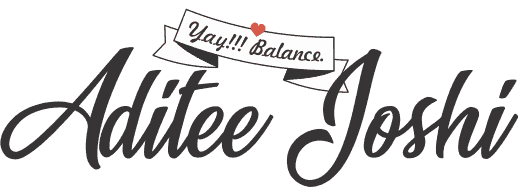A Business Analyst often finds himself/herself struggling to understand the job role he/she is expected to play. Many things have changed since the adoption of Agile methodology which is also a reason for the speculations on the future of Business Analyst.
Before moving on to Business Analyst role in an agile environment, let us have an understanding of what is an agile environment? The agile methodology is a practice which facilitates continuous versions of development and concurrent testing activities giving analysts a chance to deliver project modules on the basis of current sprints.
The Business Analyst act as a bridge between key stakeholders and project team members. They perform the stakeholder analysis and keep them updated with the project development. Team Organisation plays a vital role here enabling the agile business analysts to become the communication mentors and coaches.
The presence of key stakeholders and developers can be considered here while explaining the team organizations. The stakeholder and developers could carry on the meetings in one location which could be a room in an office. The second organizational type could involve teams sitting on the same floor but in different areas. The third and widely used method is a Virtual environment where both the teams can connect over a quick call from respective geographical locations.
There are many benefits of working as a Business Analyst in this environment. The Business Analyst could work either in understanding the developers thinking and gain an understanding on why the user flows are designed in a certain manner or he can participate in mentoring the developer so that he can take forward all these concerns with the stakeholders for feedback. This type of environment also allows the Business Analyst to design the use cases for testing while sitting with the clients.
The second structure where the stakeholders and developers are at one location but in different areas gives the Business Analyst a chance to work actively with the stakeholders in the limited amount of time they are available for a discussion. The Agile Business Analyst can also bring together one of the developers for such to gather more understanding. It will also enable the developer to gather experience on respective business domain knowledge.
The third structure will leave the Business Analyst
Other factors that
- Team Size – Agile Business Analyst is also viewed as a Product Owner and it becomes imperative with the growing team size to coordinate the product development states. The Business Analyst not only act as Project Analyst here but also add recommendations on the functional side keeping in mind the future requirements of the client based on their expectation set.
- Regulations – The bigger the structure, the more is the need to ensure proper documentation. The documentation can be understood best by the a Business Analyst with technical writing skills. Many companies suffer in this case as they allow third parties to go through the documentation and interpretation of policies is done inaccurately.
- Multi- organizational involvement – The agile Business Analyst here keeps up the communication and project development tracking with respective organisations on boarded to facilitate delivery in the most formalised manner needed.
- Industry knowledge – As the domains differ, there is a more growing need to have individuals with expertise in resective domain areas. This role is best handled by dedicated and detailloriented Business Analyst.
With all the above points considered, the need of a business analyst is imperative for a smoother and brighter growth of organizations.


















